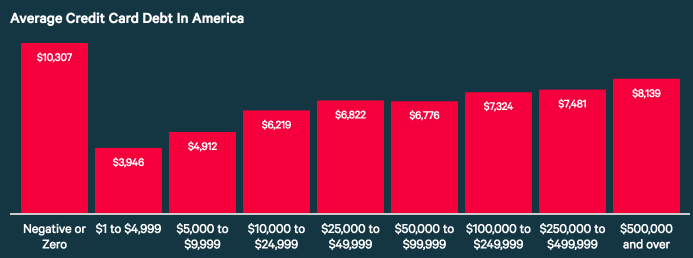Any day is a good day to reduce your outstanding balances. This is especially true, as the net incomes of the majority of US workers have increased recently, as new lower tax brackets emerge. For many, this freed the money necessary to begin reducing his credit card debts. See how even that small amount can be used to make a big difference.
Reaching a better balance
Start by doing the inventory. Determine how many different creditors you owe and the outstanding balances you take from month to month. Then, write down the interest rate charged for each one. After having that information, you can start processing your credit card debt.
Two popular and effective methods of paying off debt are the Snowball and Avalanche methods. With the Snowball strategy, you first try to pay the lower balance, then pay attention to the card with the next lower balance. You make small victories quickly, which can help you stay motivated.
The snowball method also works if you are simply trying to pay off a credit card balance. In that case, you pay the amount you can pay above the minimum payment and continue paying that value, since the general balance decreases every month. Over time, the value of interest will decrease and more of your payment will be directed to the payment of the balance.
Avalanche’s strategy is to direct more of its funds to the credit card with the higher interest rate until it is reimbursed. Then, move this payment value on the card with the next highest interest rate. If you have several cards, you will end up making a flood of payments, which speeds up the refund process.
Whichever strategy is chosen, here are some suggestions to help you stay in the payment mode.
4 tips to stay on the map
- Take a look at your credit card statements. When you pay your credit card bill each month, billing for lunches and coffees has no additional cost. Once you start loading the balances, each charge begins to accrue interest. Ask yourself if you really need to pay a financial fee on your purchases of rubber and shampoo.
- Do the calculations during the purchase, especially when it is for sale. Stop and think about how much time you will have to pay if you use your credit card and what it means in terms of additional interest. It is likely that you save more money in the long term until you can buy the item, preferably for sale at a later date.

- Be responsible for not adding to existing debt. Leave your credit card at home or limit money only when you go to the store, so you do not have an easy way to pay for unplanned purchases. When shopping at home is trying to keep your credit card in a hard to reach place, like a shoe box in the back of the closet, it makes it more difficult to give in to impulse purchases.
- Stay on the right track with consistent payments. As your discount program is installed and your monthly credit card balance begins to fall, do not increase your unpaid balance to previous levels.
Credit card debt allows many of us to experience and achieve things that we would have delayed at another time, earlier. The application of a strategy to reimburse these purchases and fulfill them always allows us to appreciate them and make future purchases more accessible.

